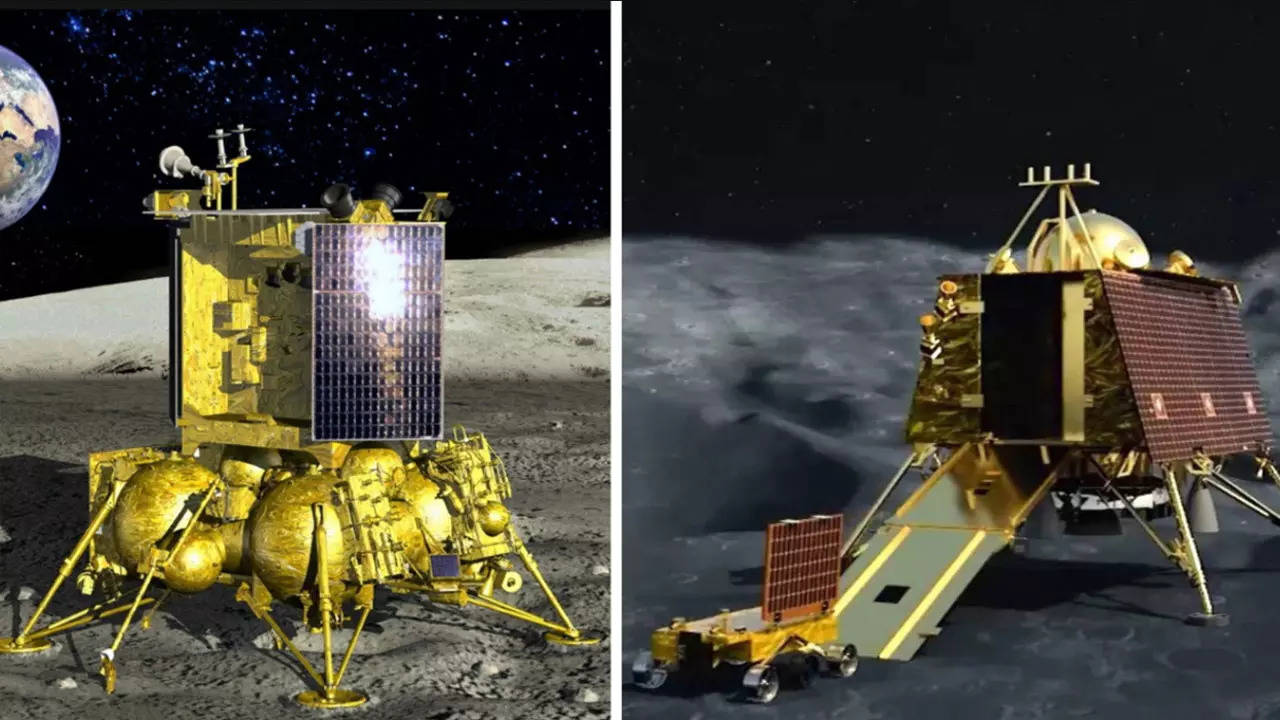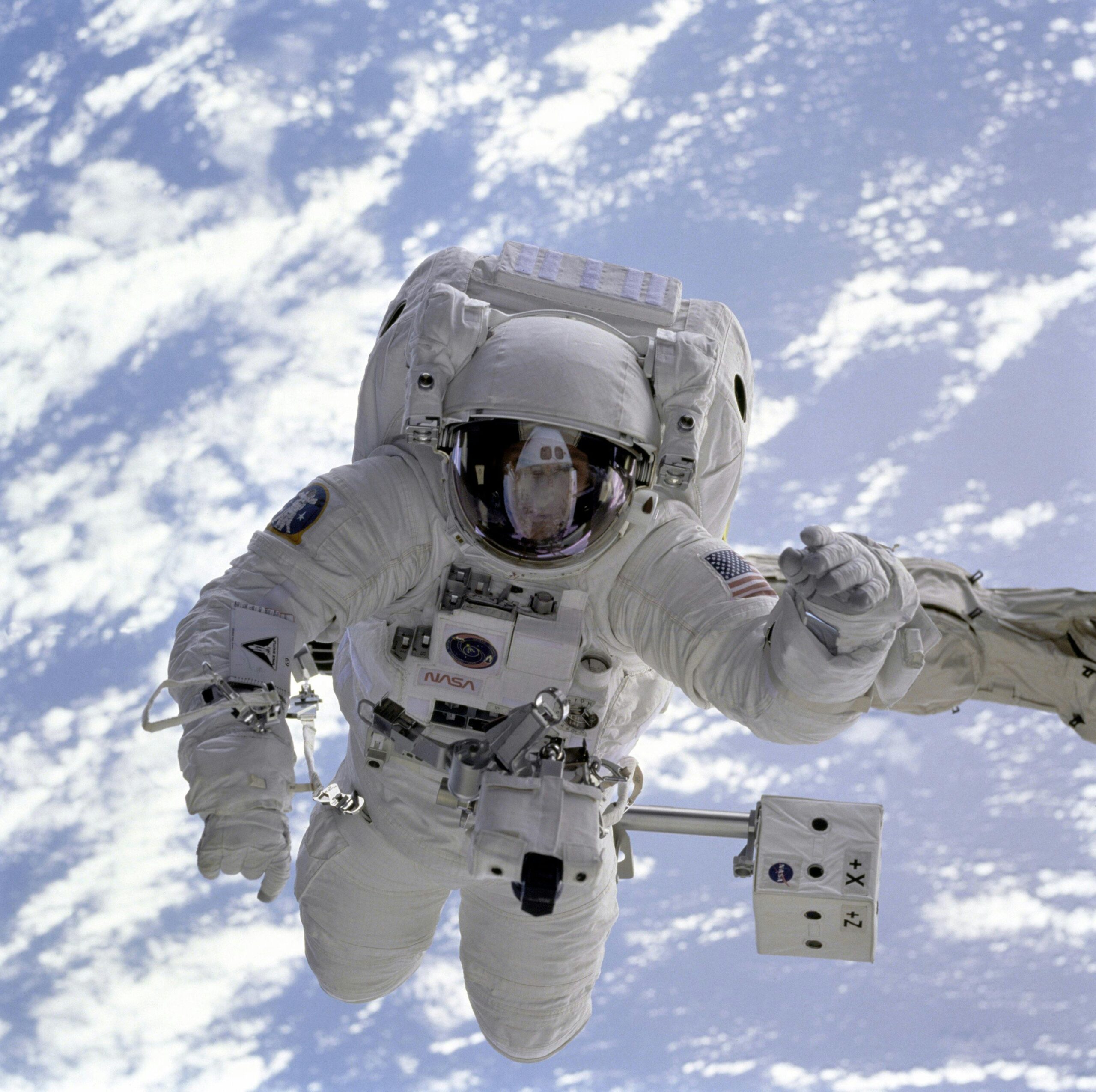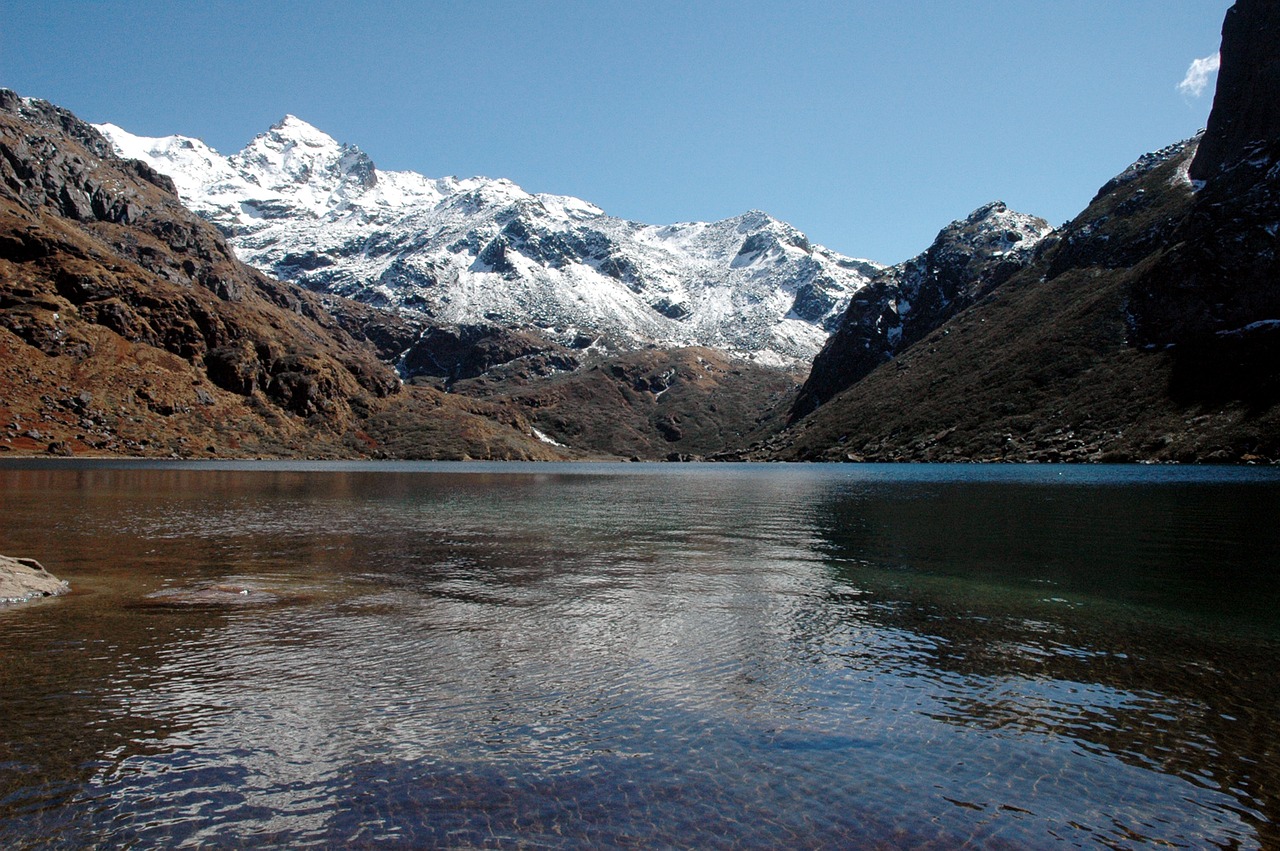India’s Chandrayaan-3 and Russia’s Luna 25 Mission

Background:
- Luna 25 marks Russia’s return to lunar exploration after 47 years, aiming to reclaim its reputation in space exploration.
- Chandrayaan-3 is India’s third lunar mission and second attempt at achieving a soft landing on the moon’s surface
- Luna 25 is lighter and lacks a rover, focusing on studying soil composition, and dust particles, and detecting surface water.
- Chandrayaan-3 carries a rover capable of moving 500 meters, aims to study lunar soil, and has instruments to detect water ice in shadowed craters near the lunar South Pole.
- Lifespan: Luna 25 is designed for a year-long mission, equipped with heating mechanisms and a non-solar power source.
- In contrast, Chandrayaan-3 is built for a single lunar day due to a lack of heating during lunar nights.
Linkage:
- India’s first satellite, Aryabhata, was launched by the Soviet Union in 1975.
- Only one Indian citizen has ever flown to space- Rakesh Sharma flew to the Salyut 7 space station on a Soyuz rocket in 1984 as part of the USSR’s Interkosmos program.
- In 2004, the two countries signed a protocol to boost cooperation in space. This included the development of the GLONASS navigation system and the launching of Russian GLONASS satellites by Indian rockets.
- Chandrayaan-2 was initially supposed to be a collaboration between India and Russia.
- However, Russia withdrew from designing the lander rover for Chandrayaan-2, leading India to develop it independently.
Current News:
- The race for lunar exploration has taken an intriguing turn as Russia’s Luna 25 mission, launched aboard its Soyuz rocket on August 10, 2023, seeks to soft-land close to the lunar South Pole, just days before India’s Chandrayaan-3.
- Russia’s space agency, Roscosmos asserts that Luna 25’s landing would not impact Chandrayaan-3, as their landing regions are distinct.
Impact:
- The Russian lander has eight payloads mainly to study the soil composition, dust particles in the polar exosphere, and most importantly, to detect surface water.
- The Indian mission also has scientific instruments to study the lunar soil as well as water ice. The location near the southern pole was chosen because of the presence of craters that remain in permanent shadow, increasing the likelihood of finding water ice.








